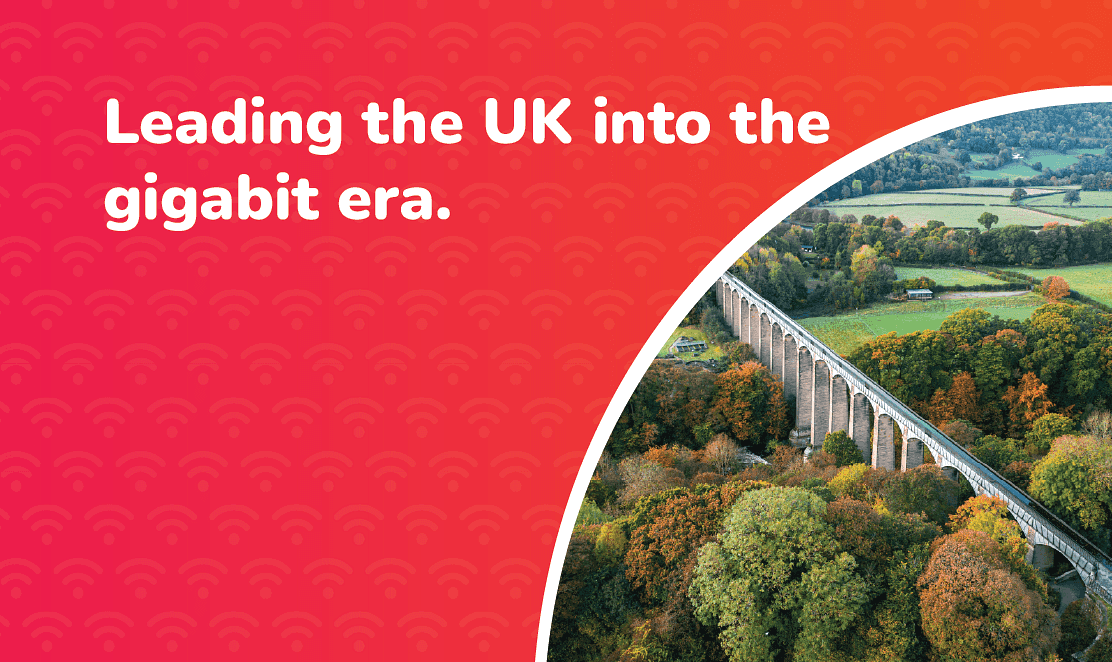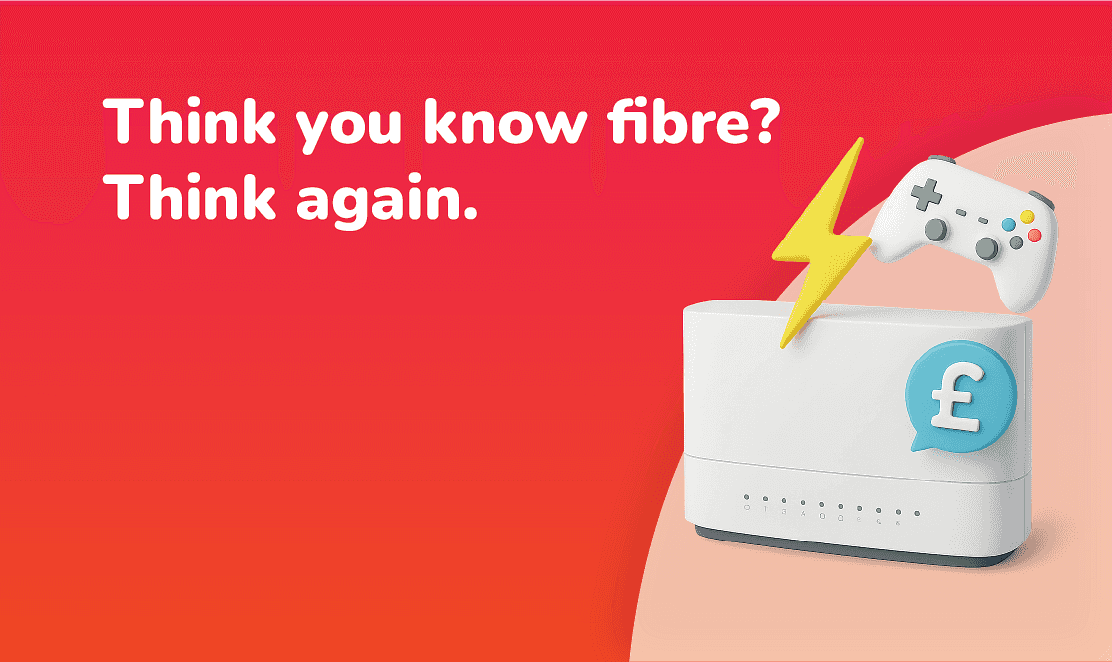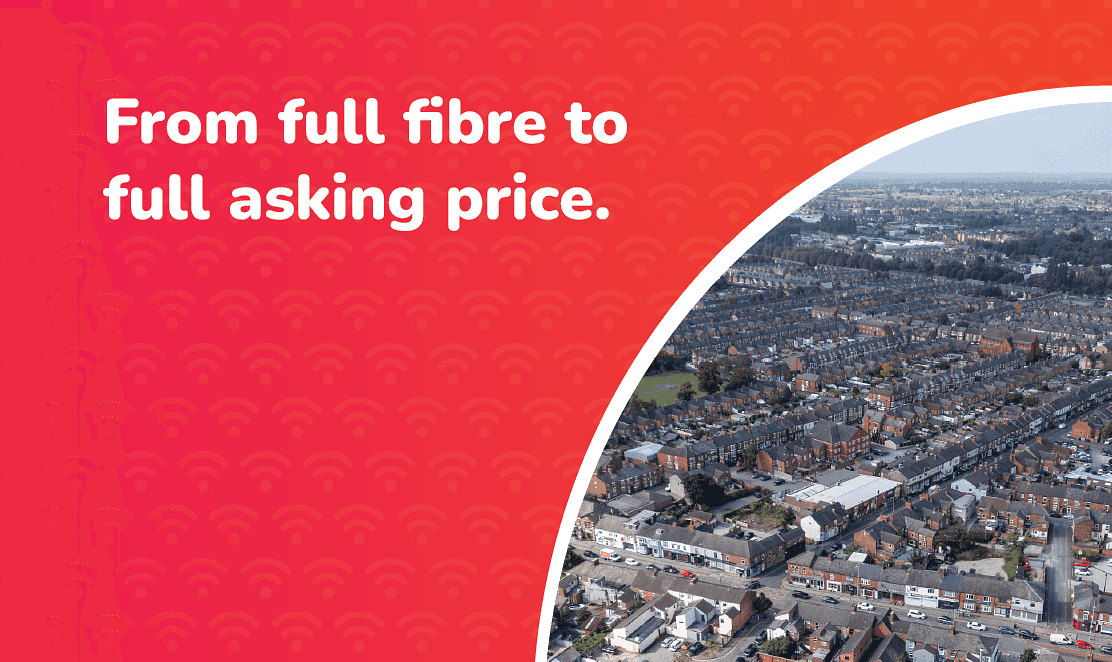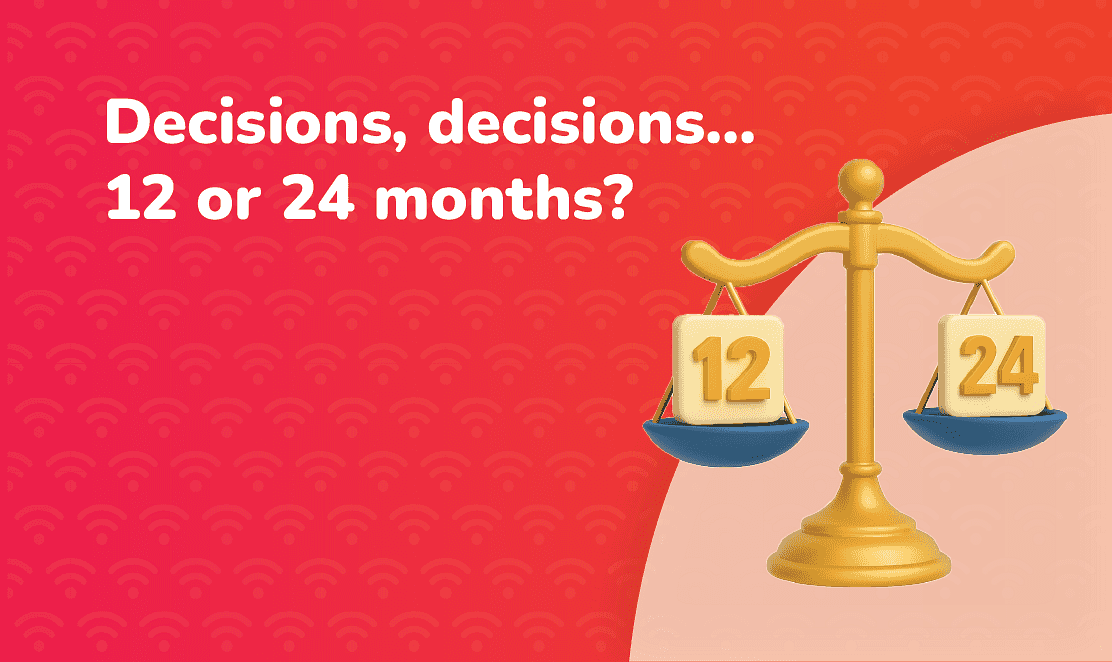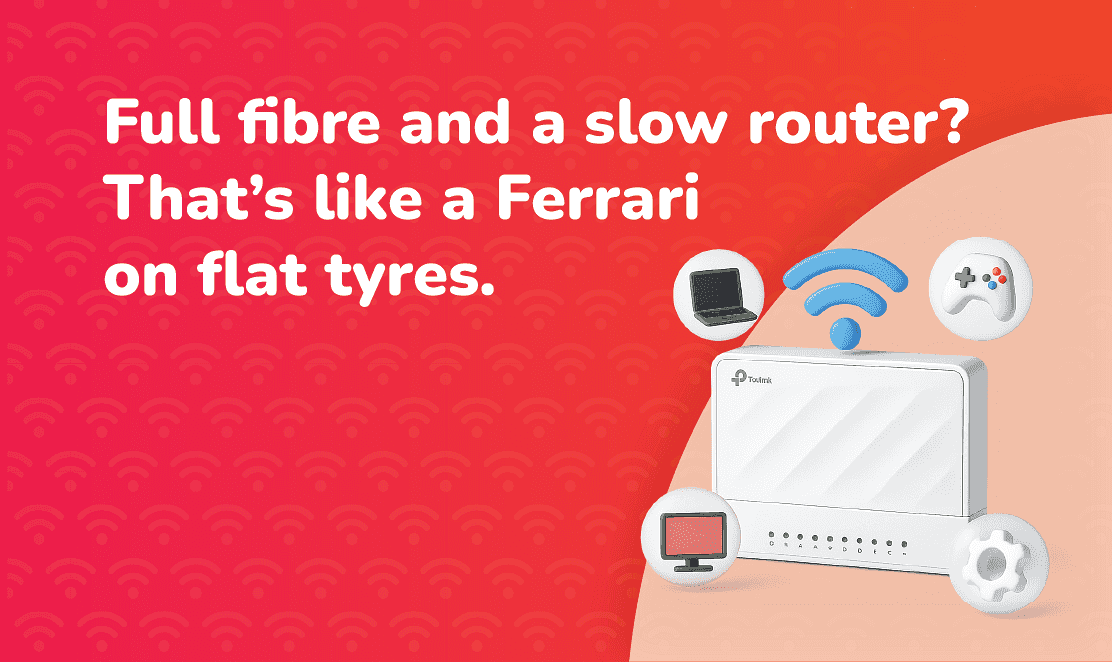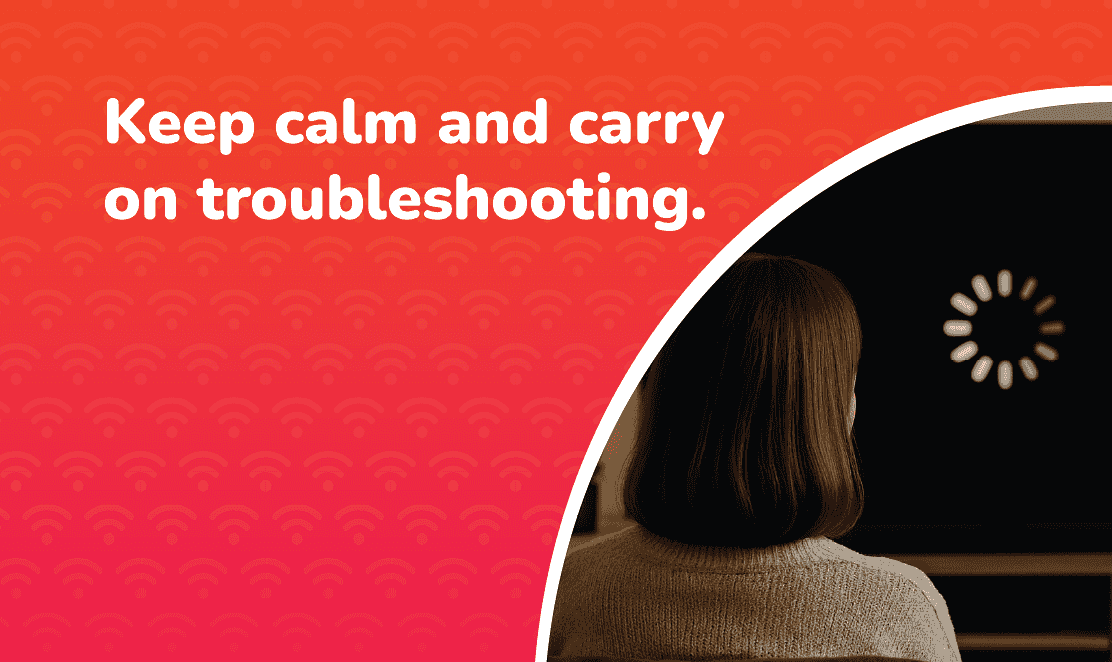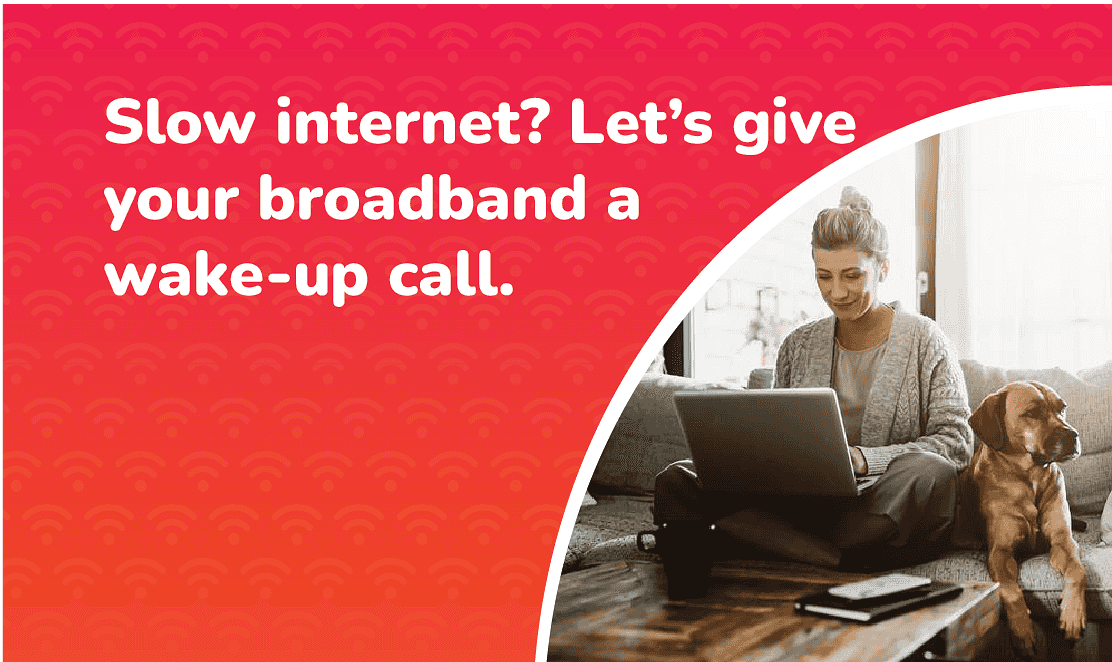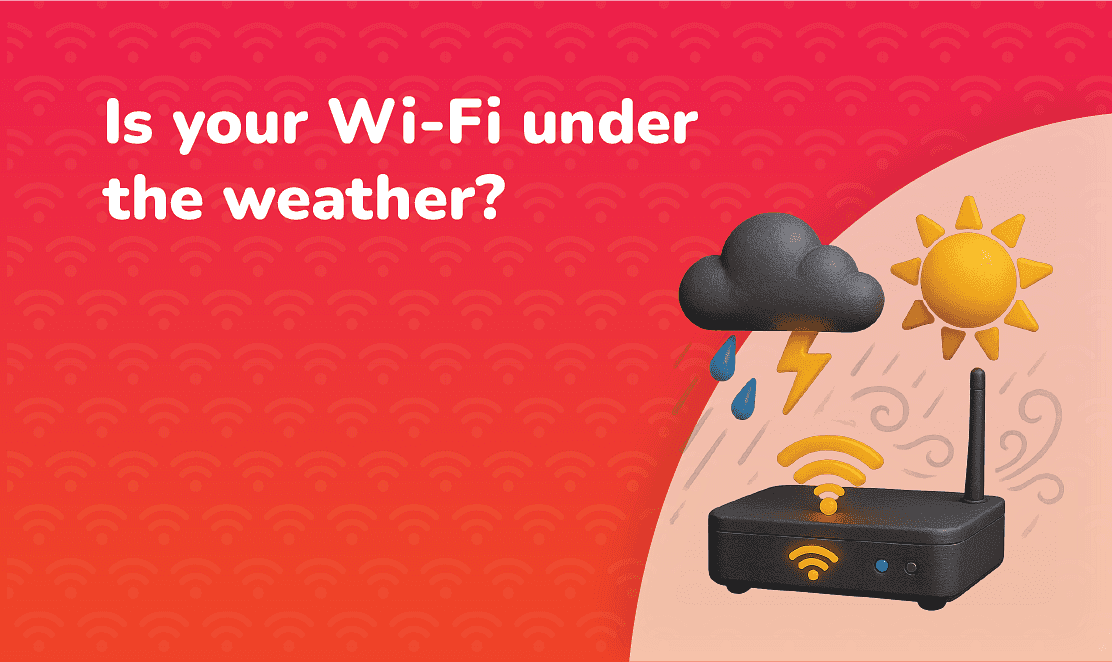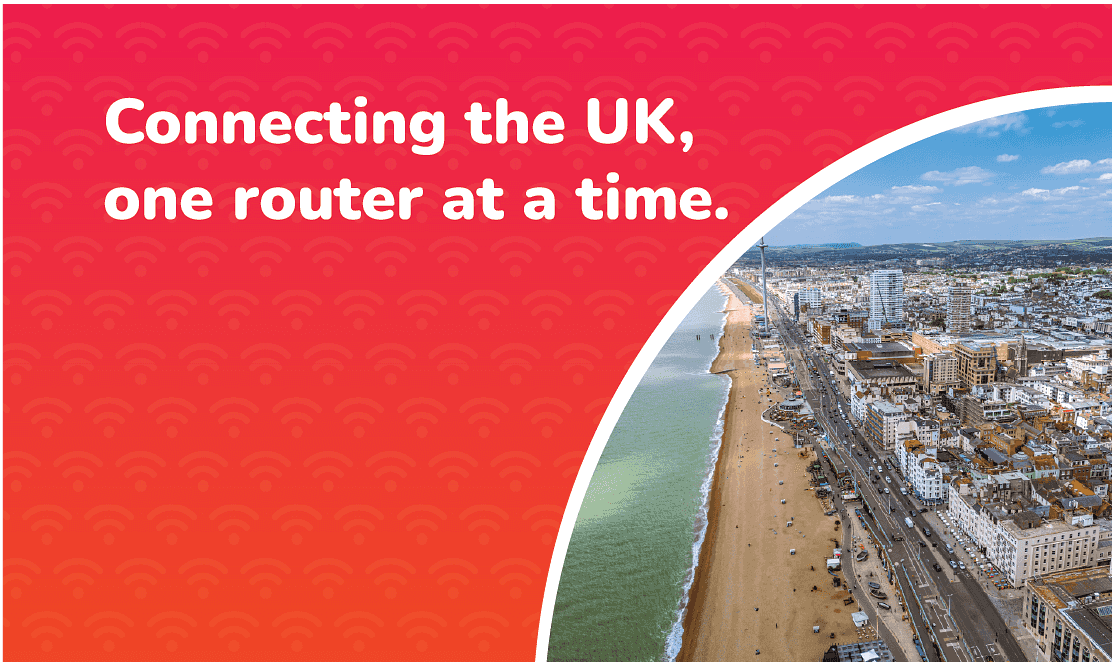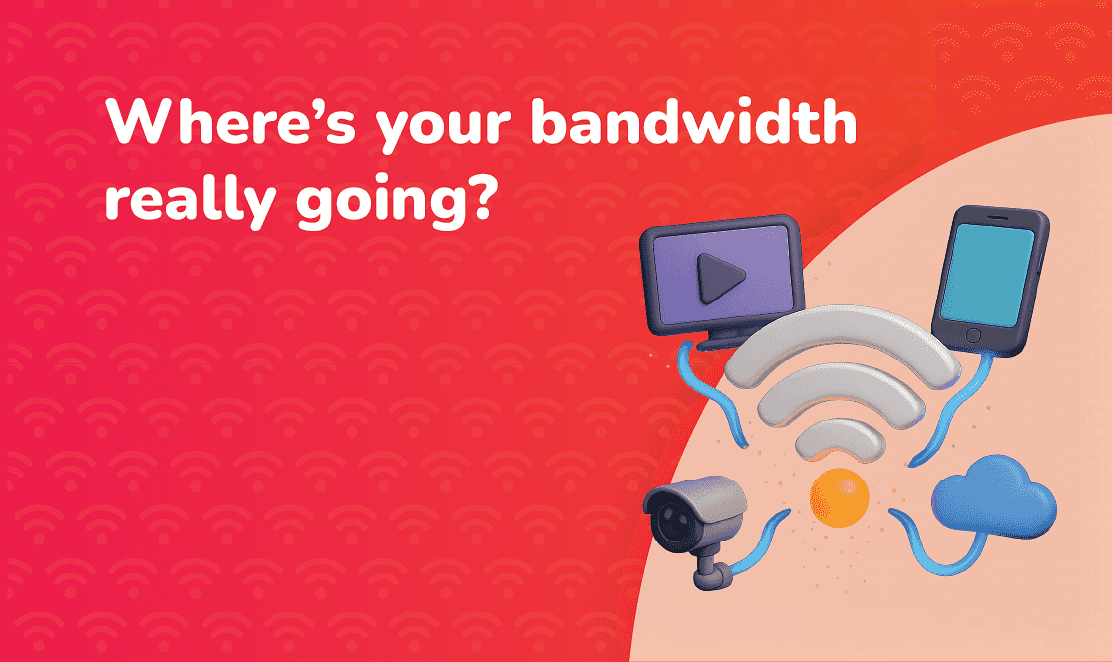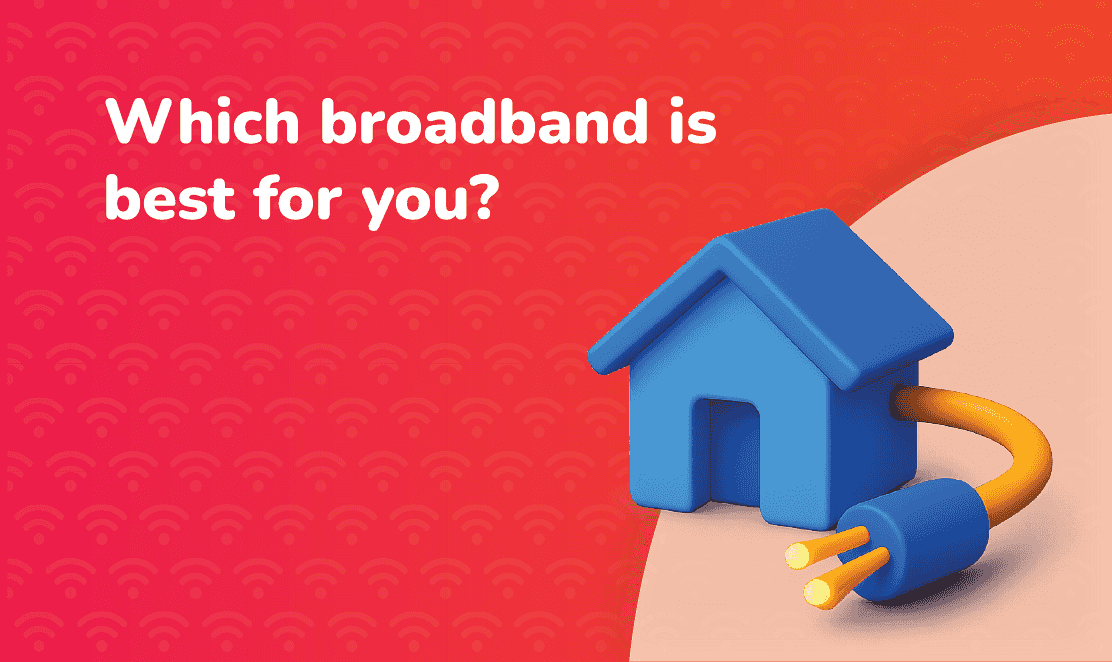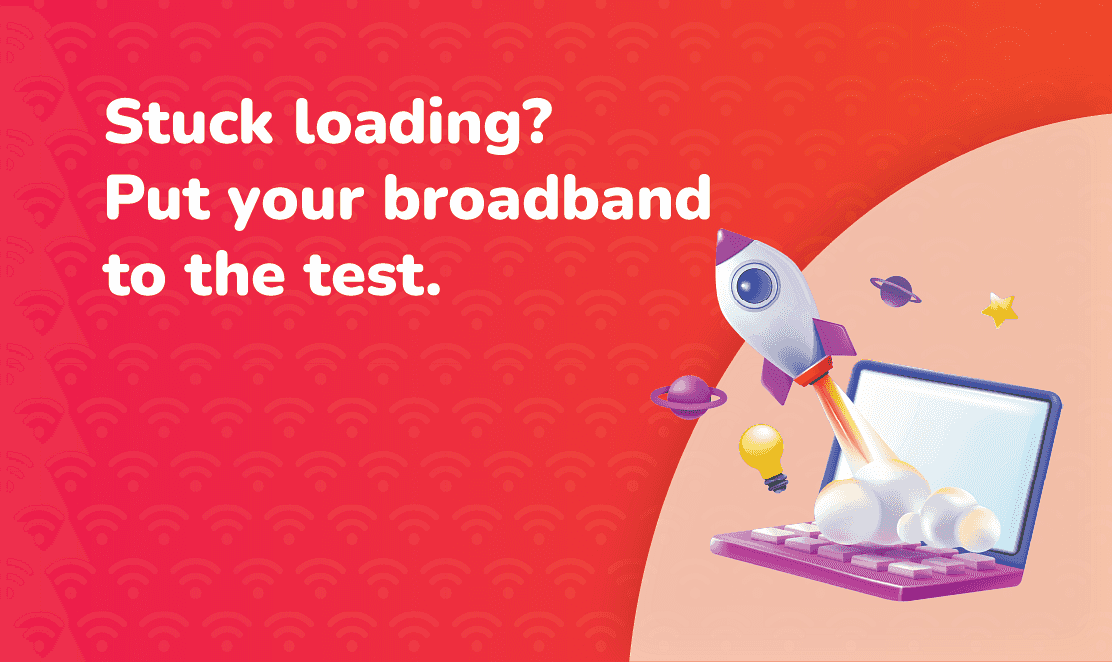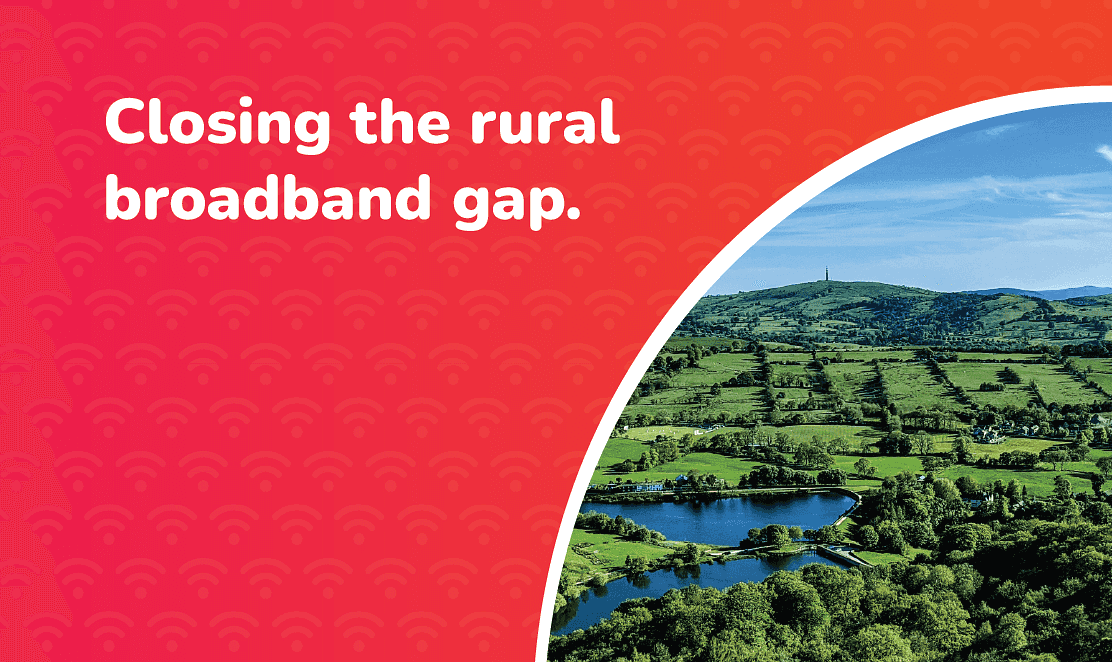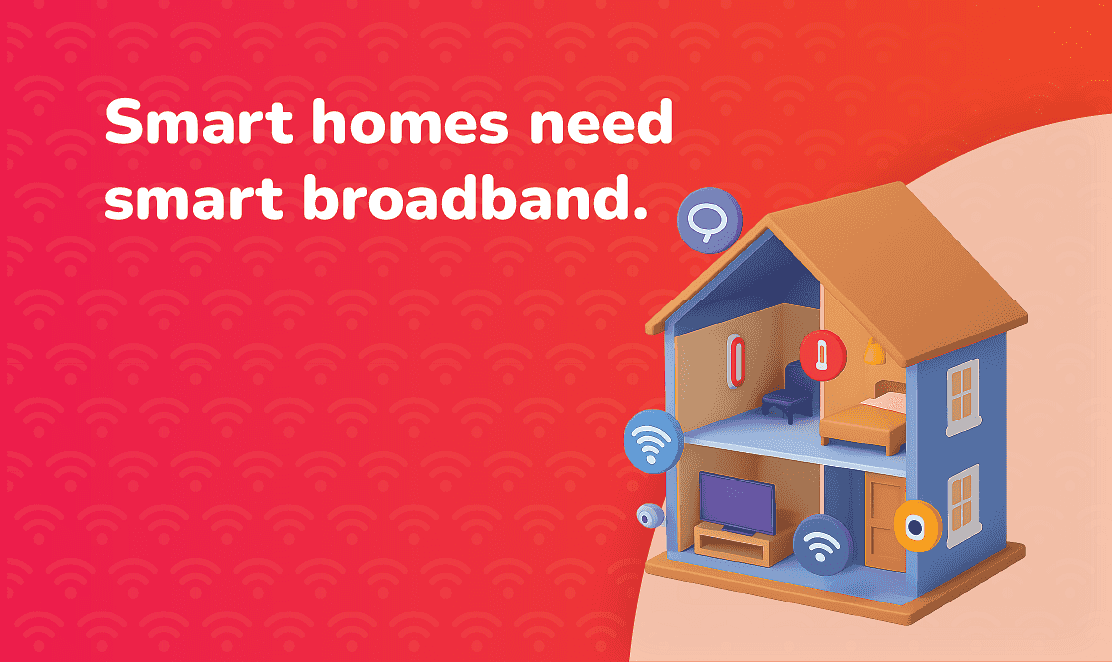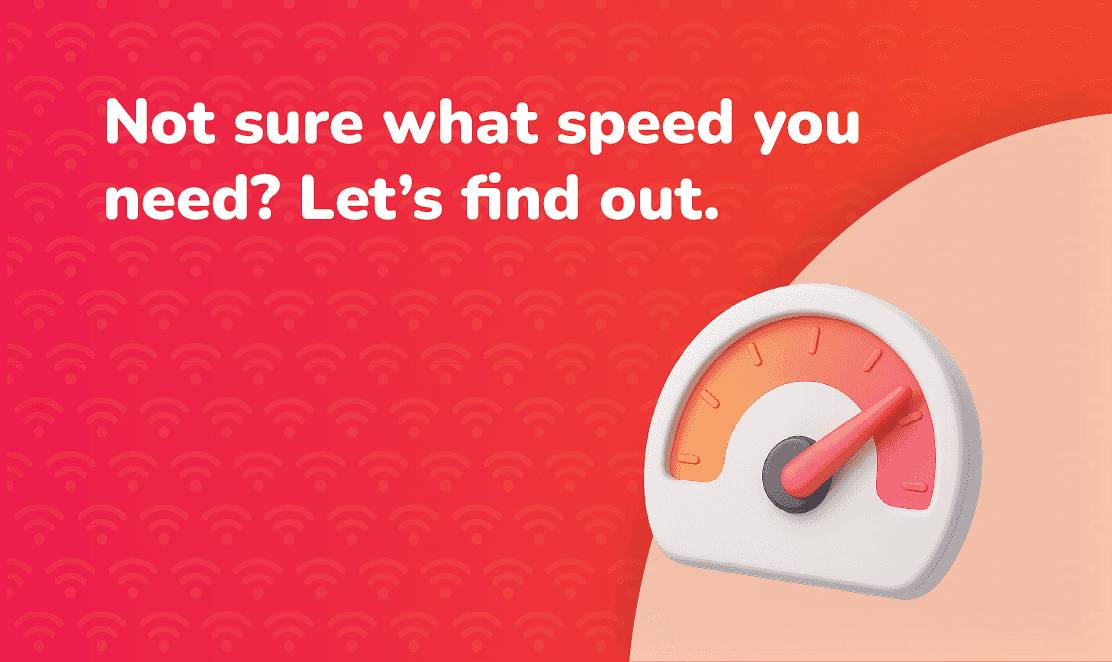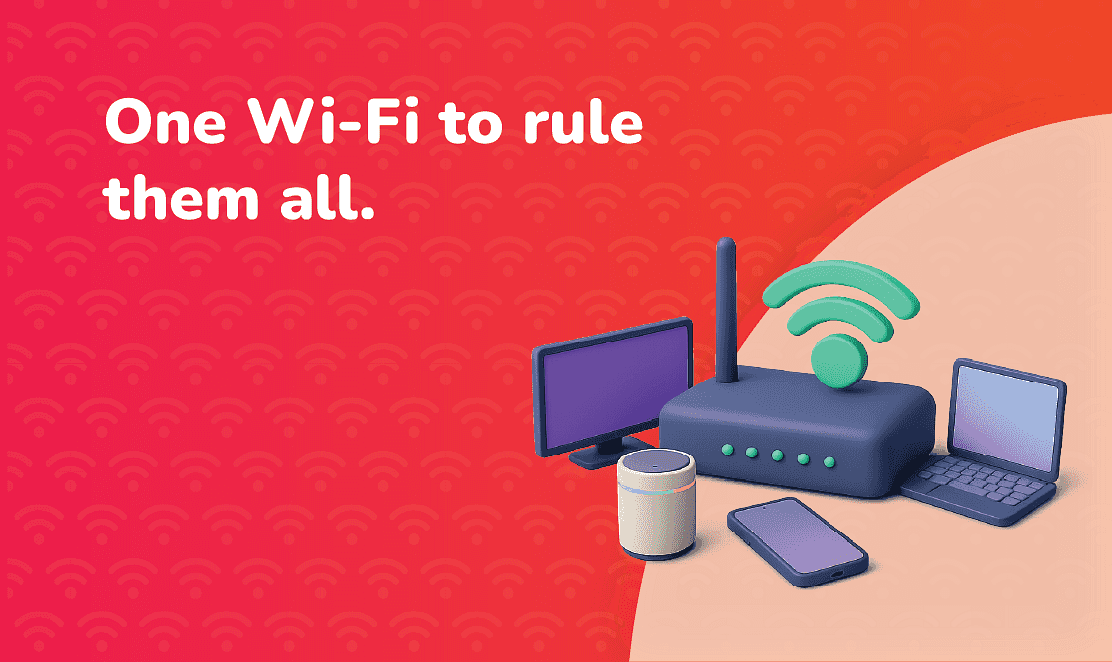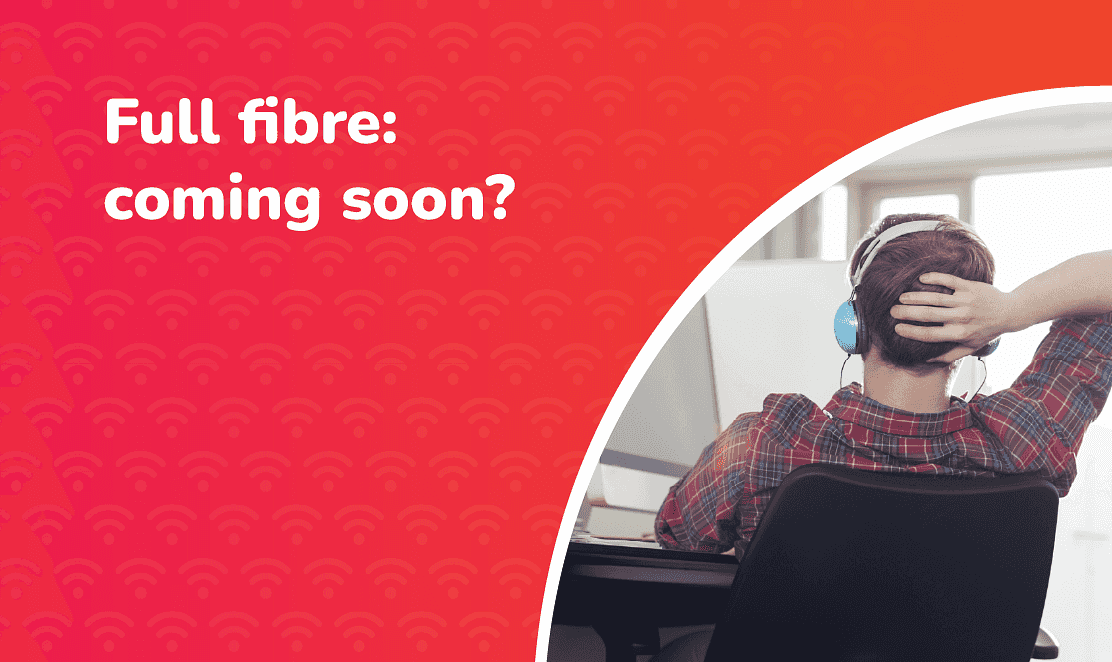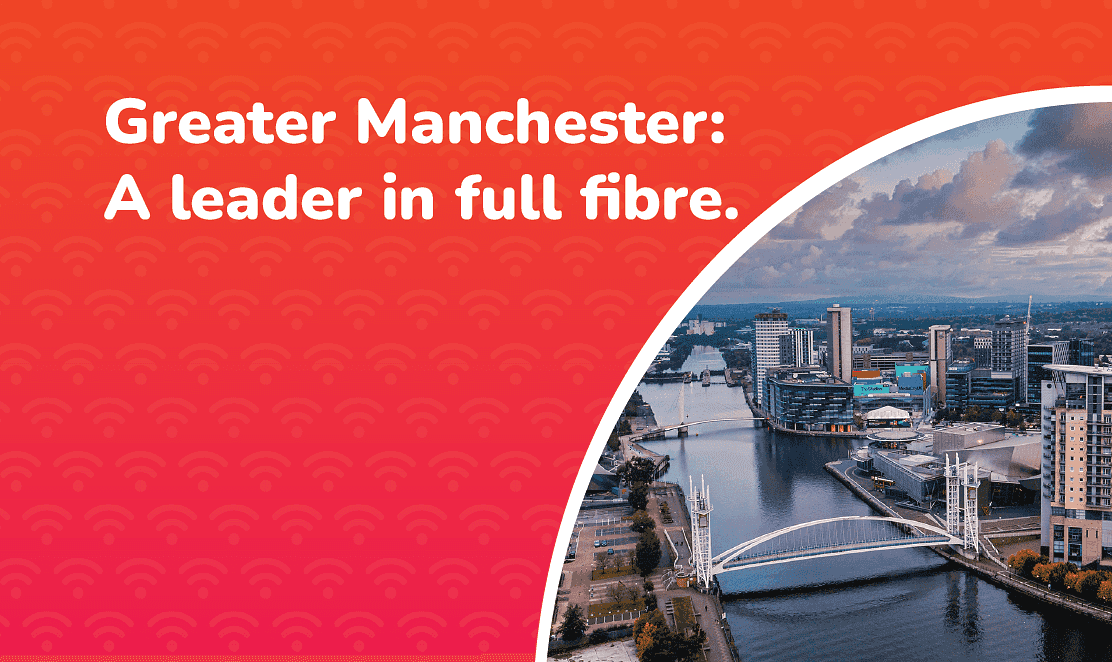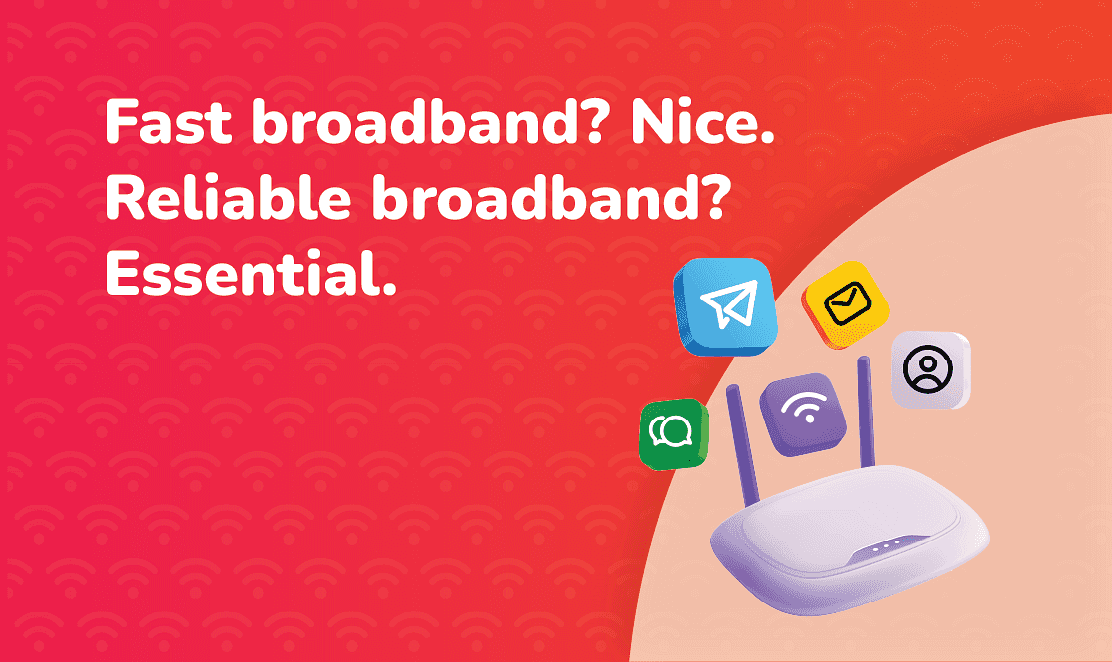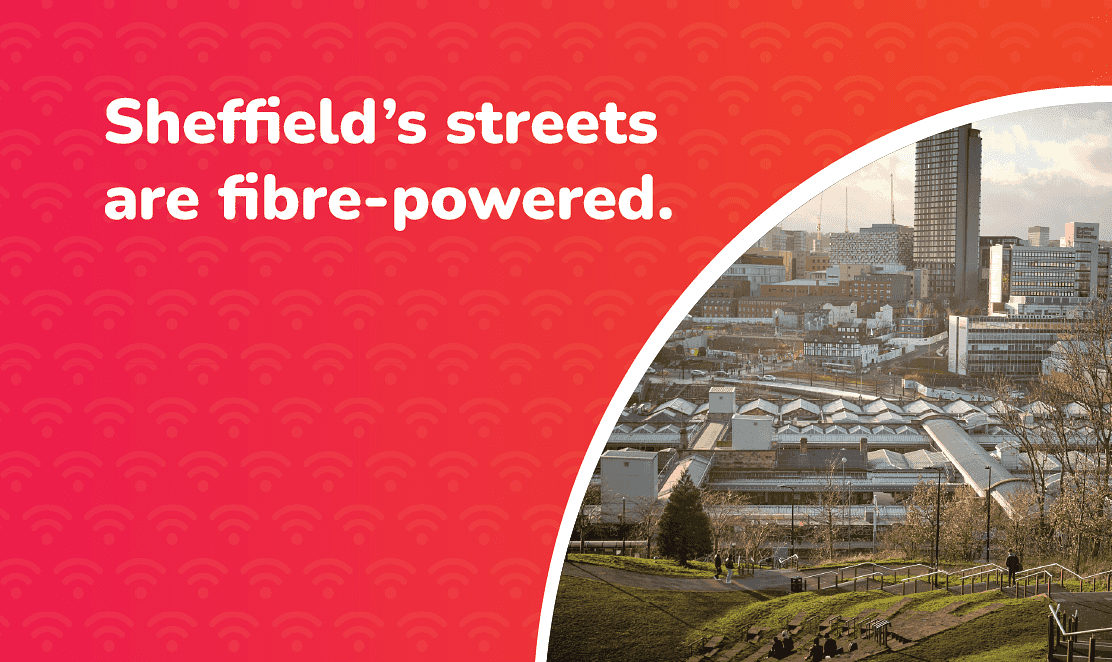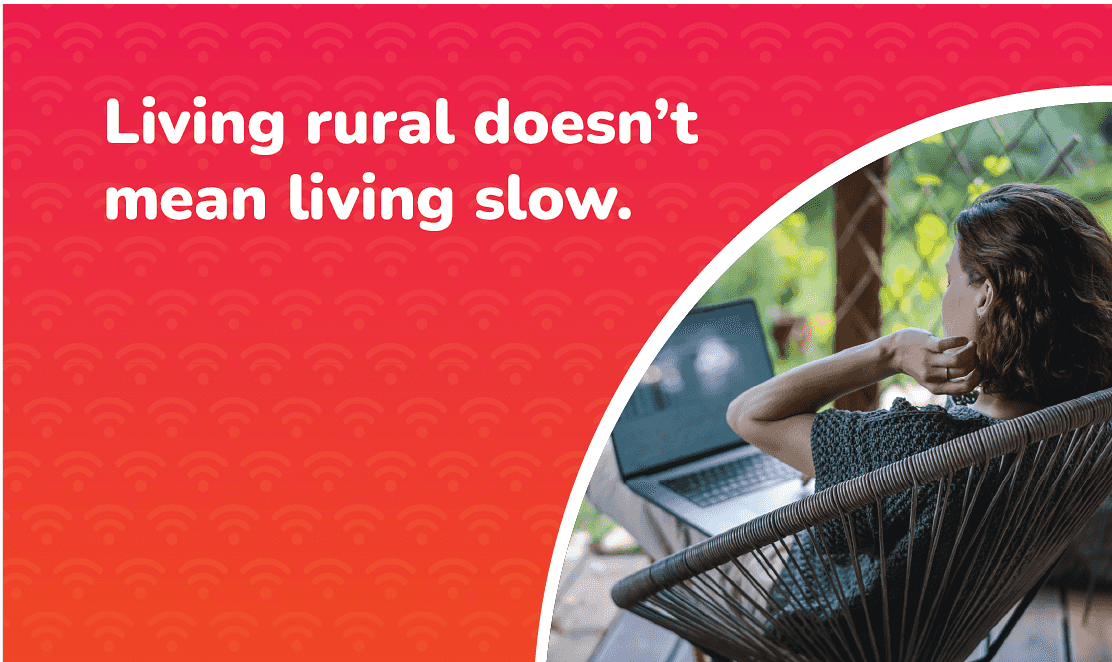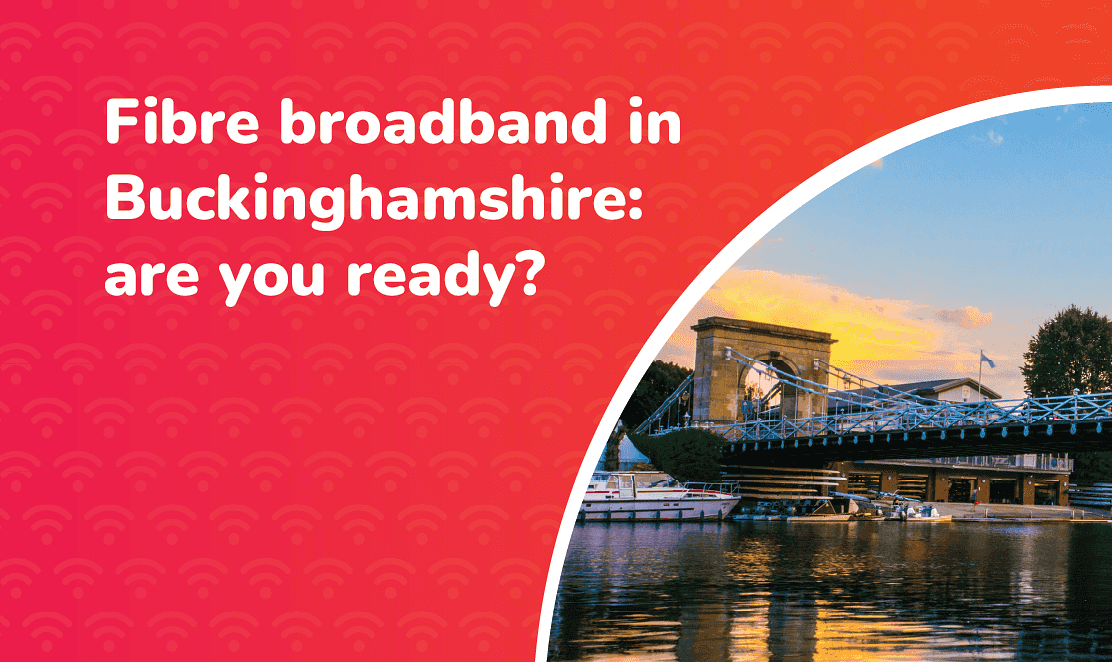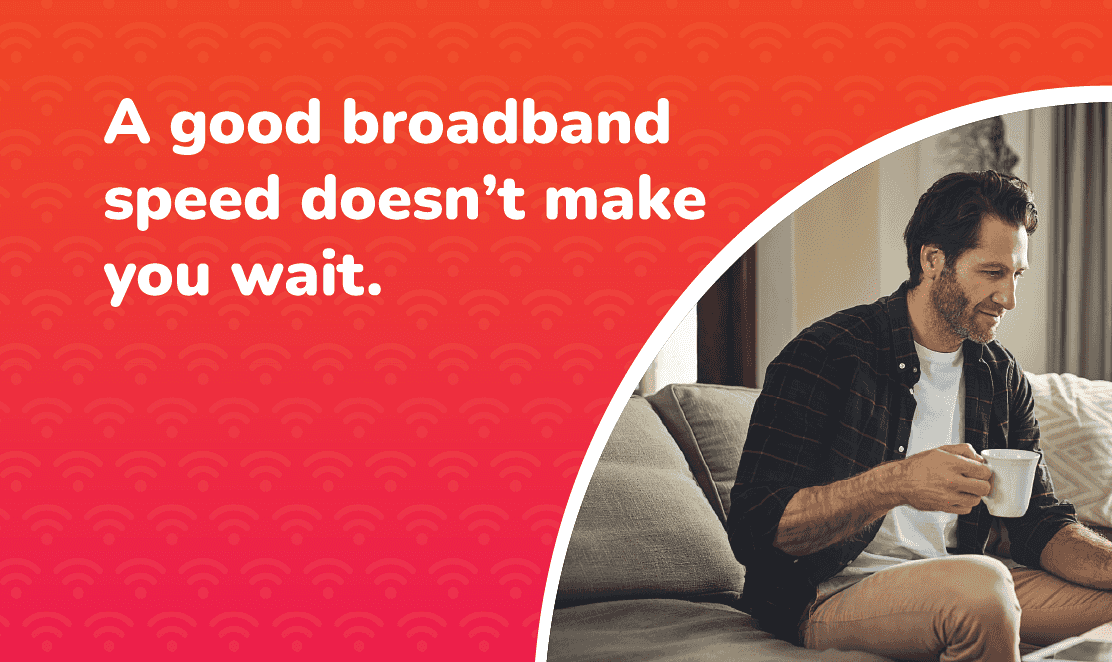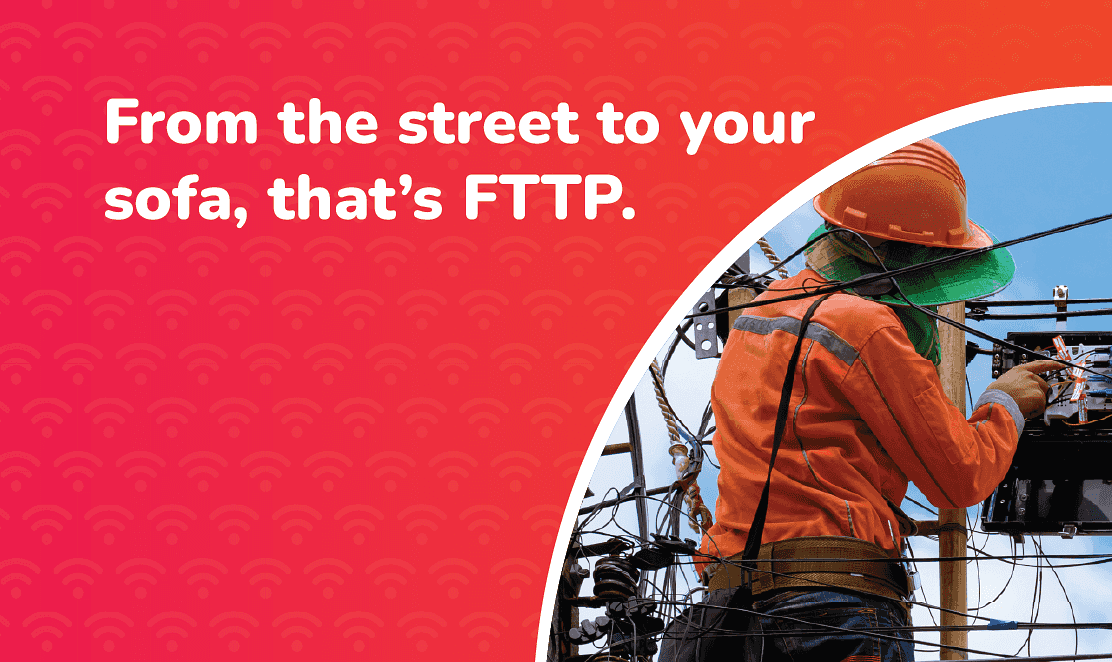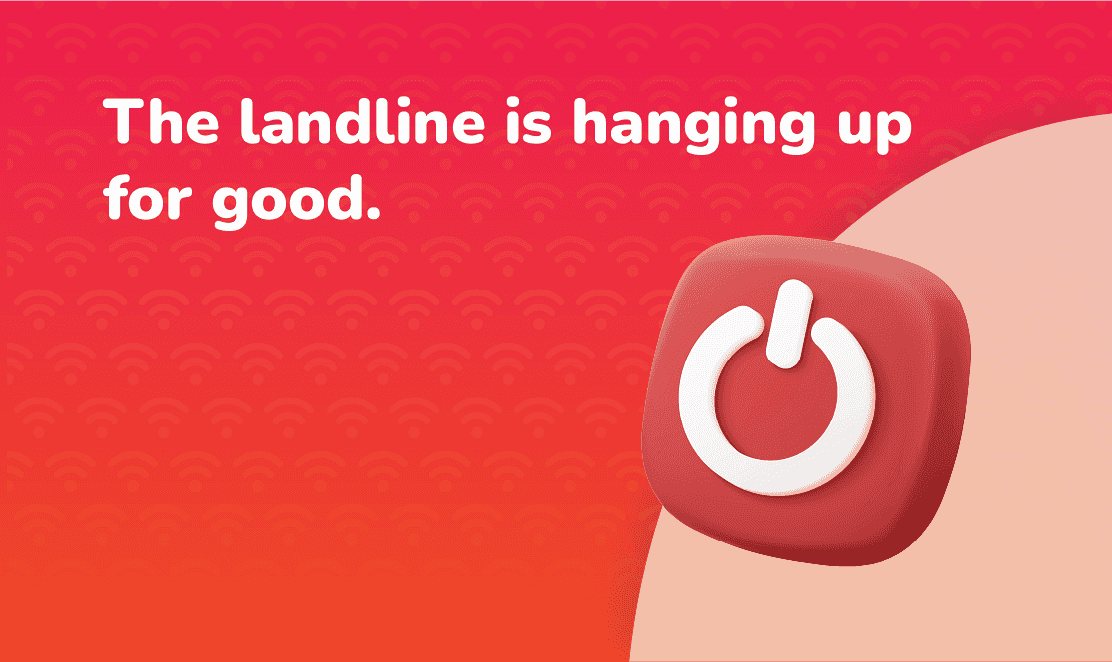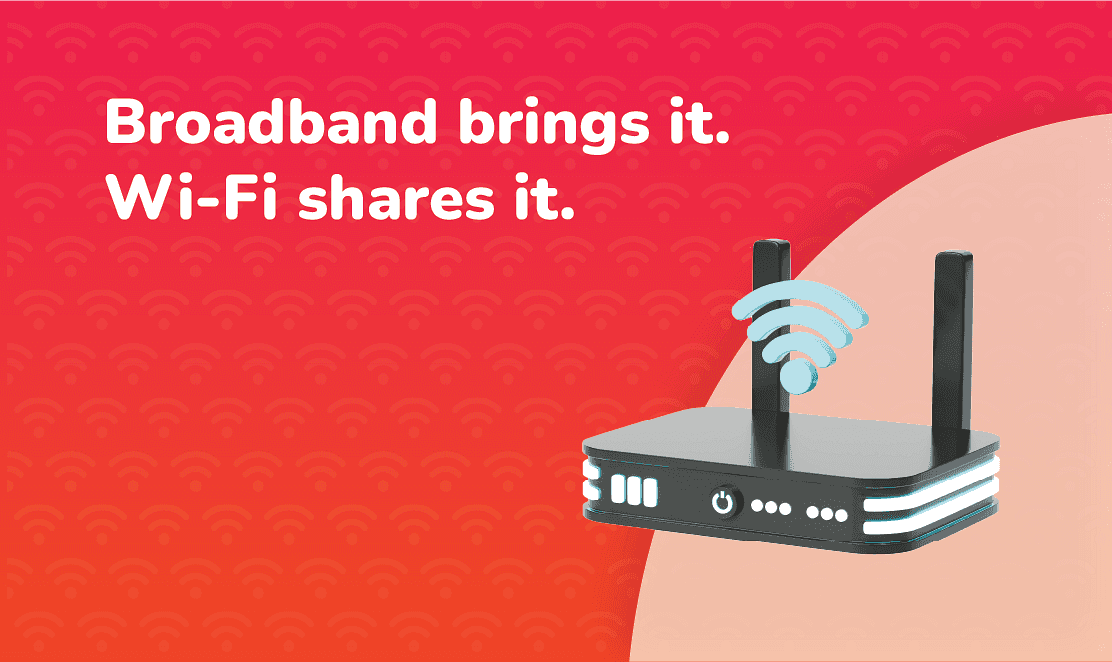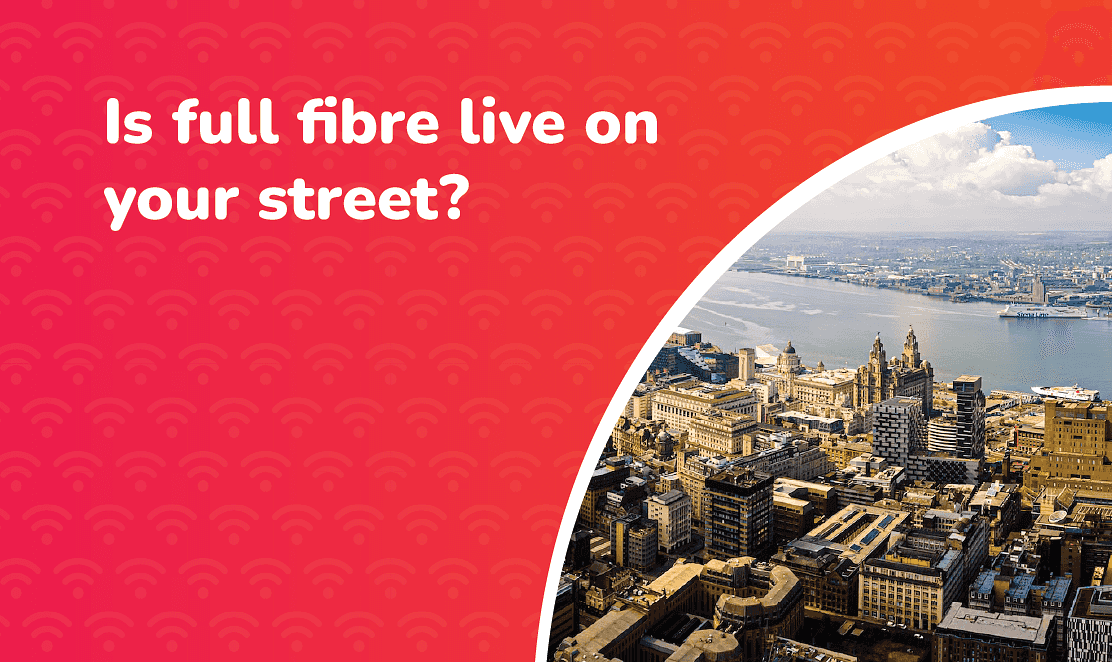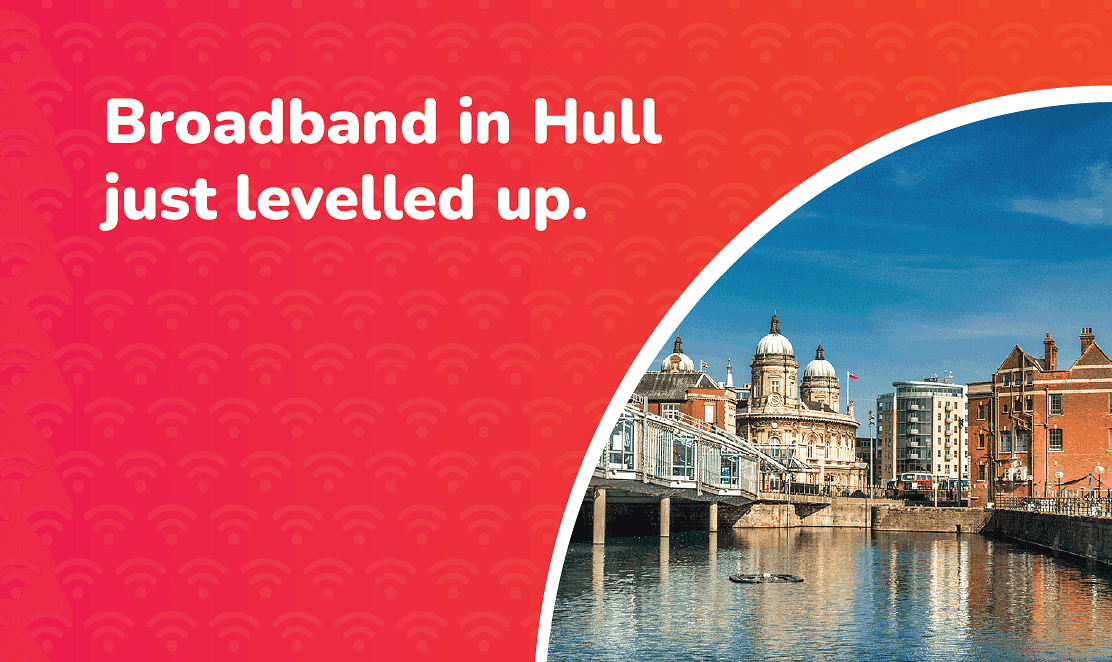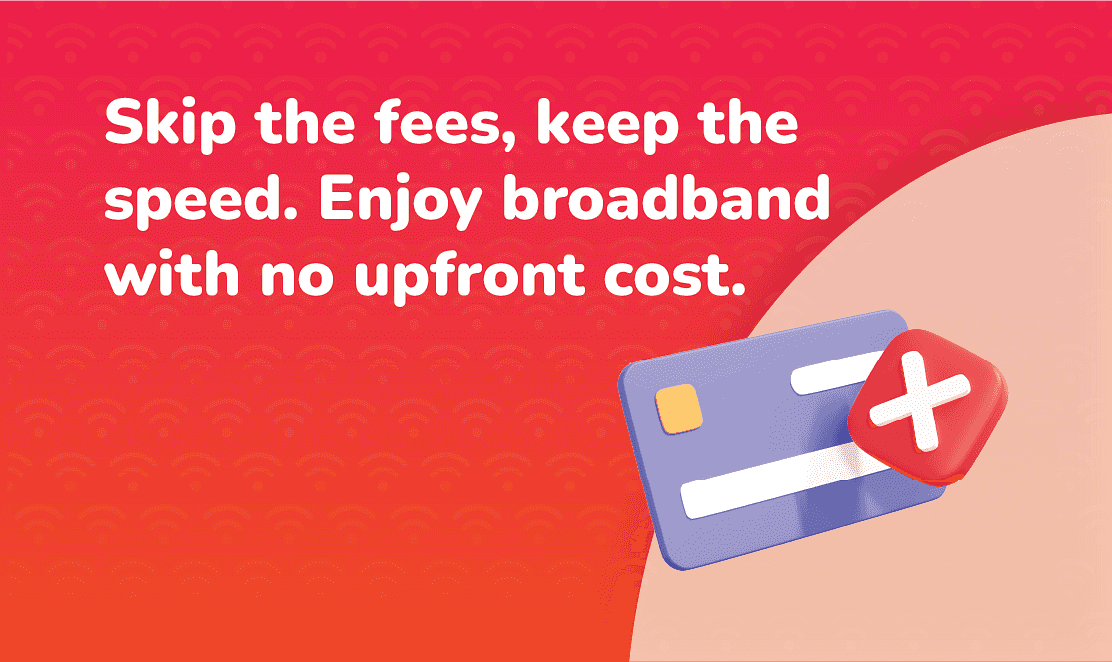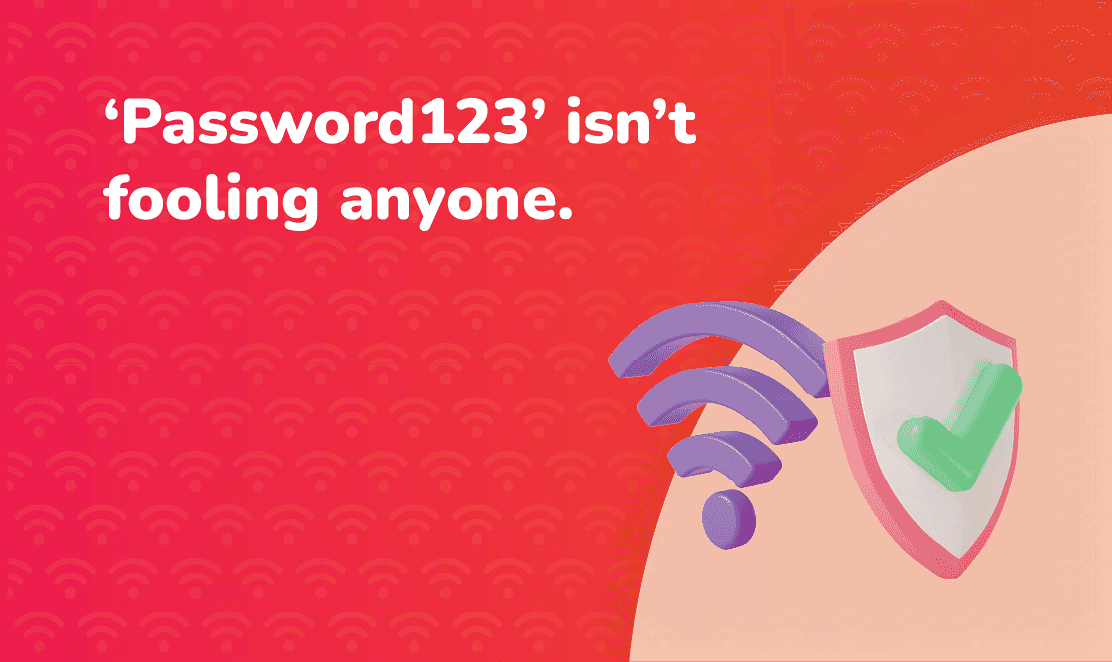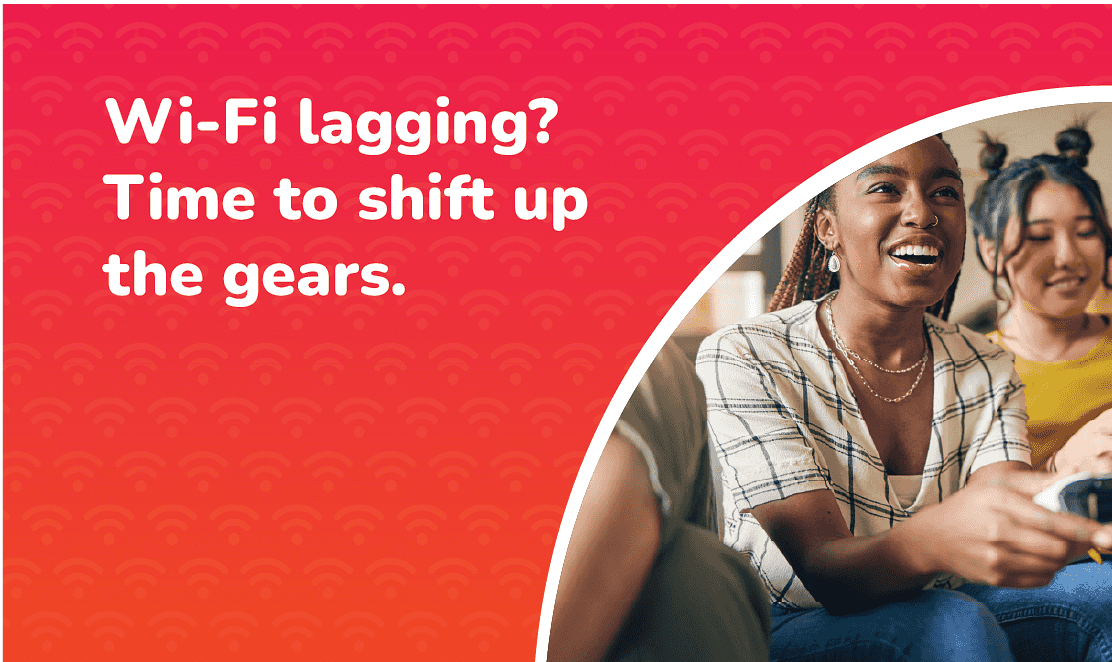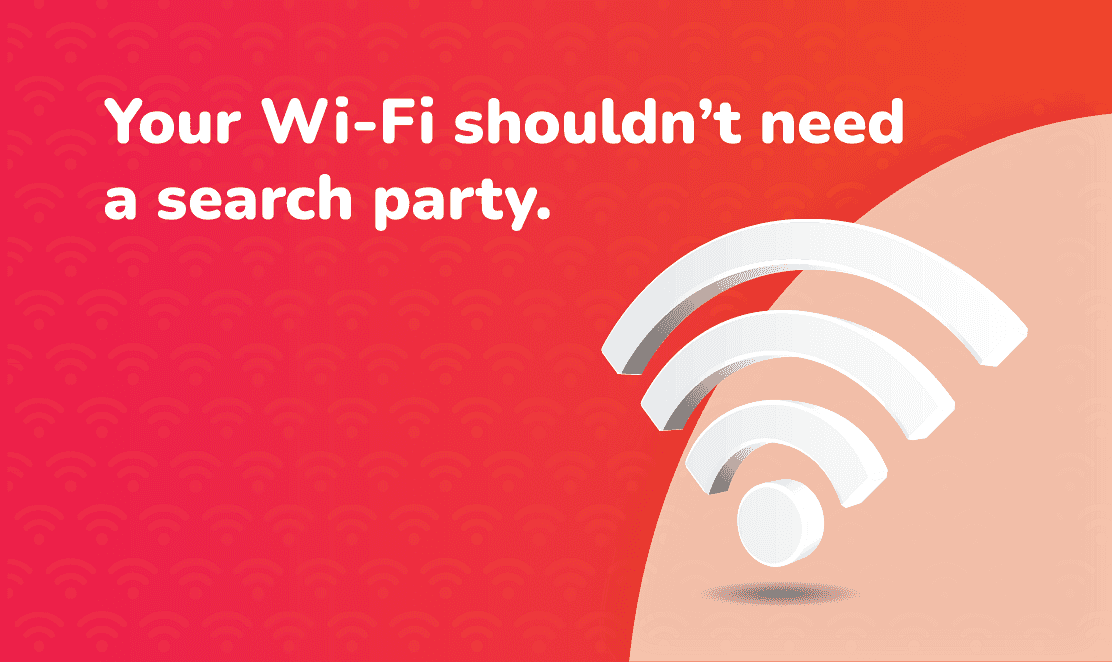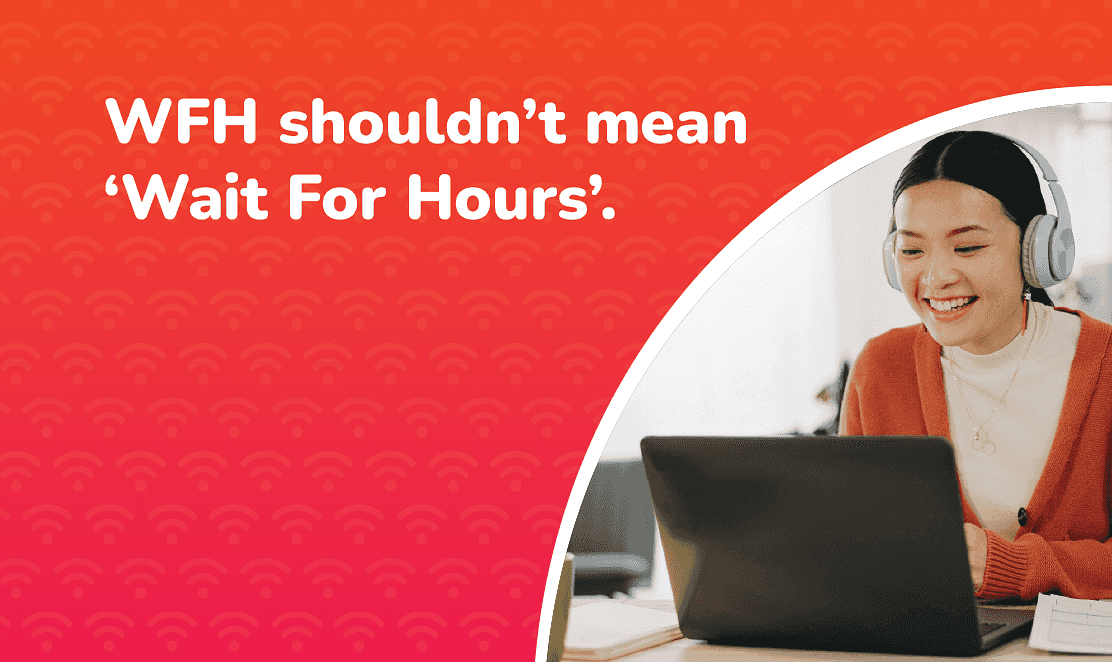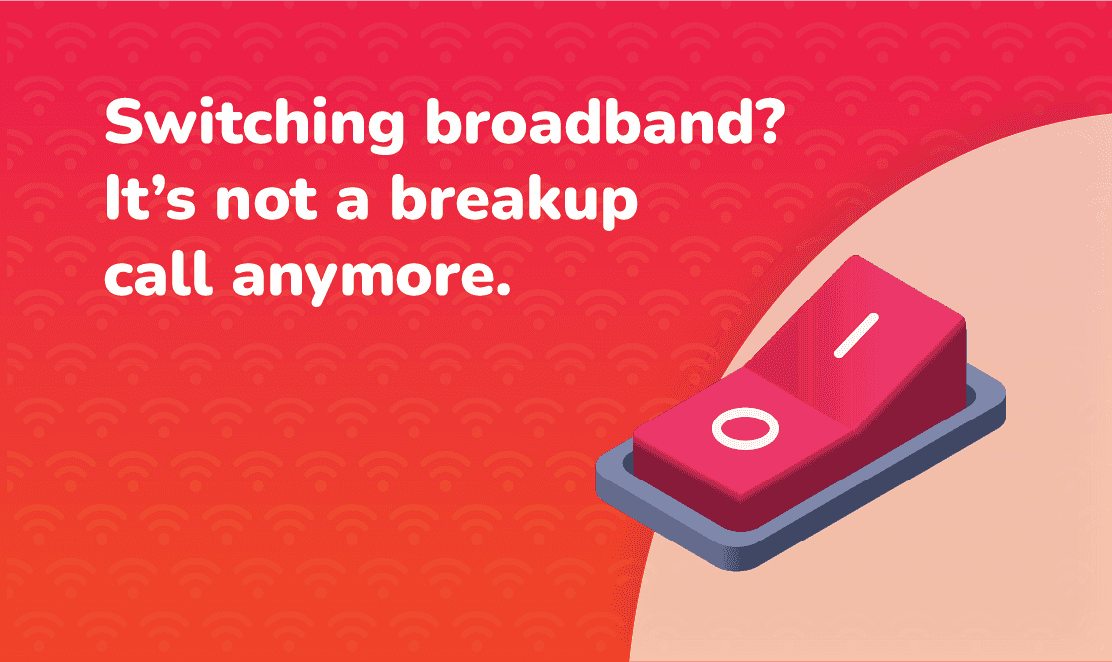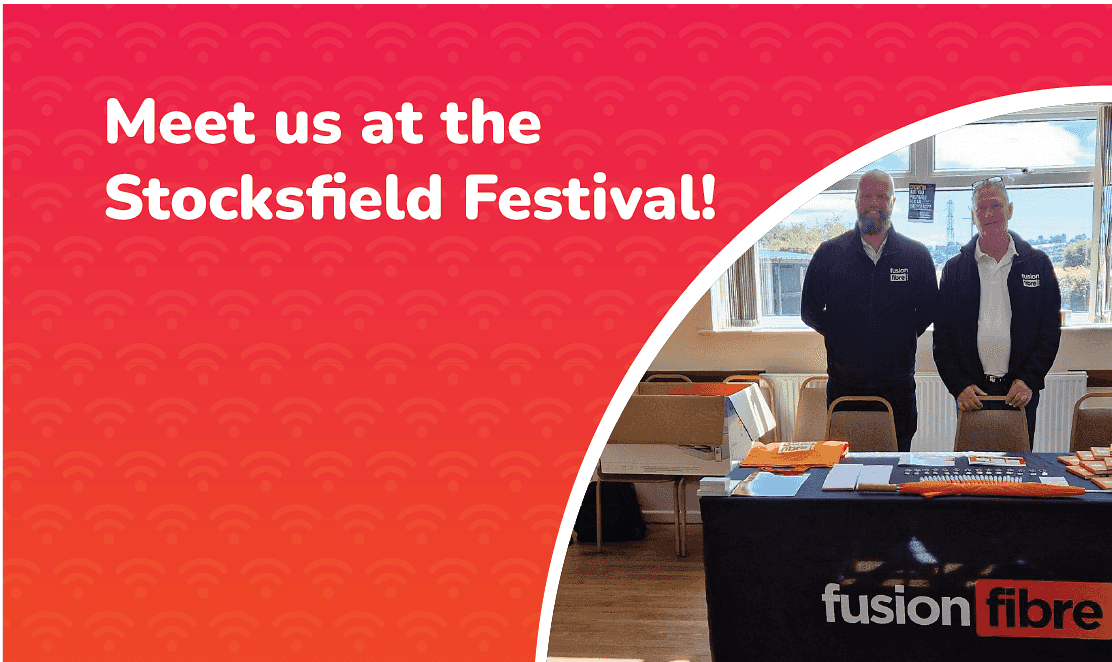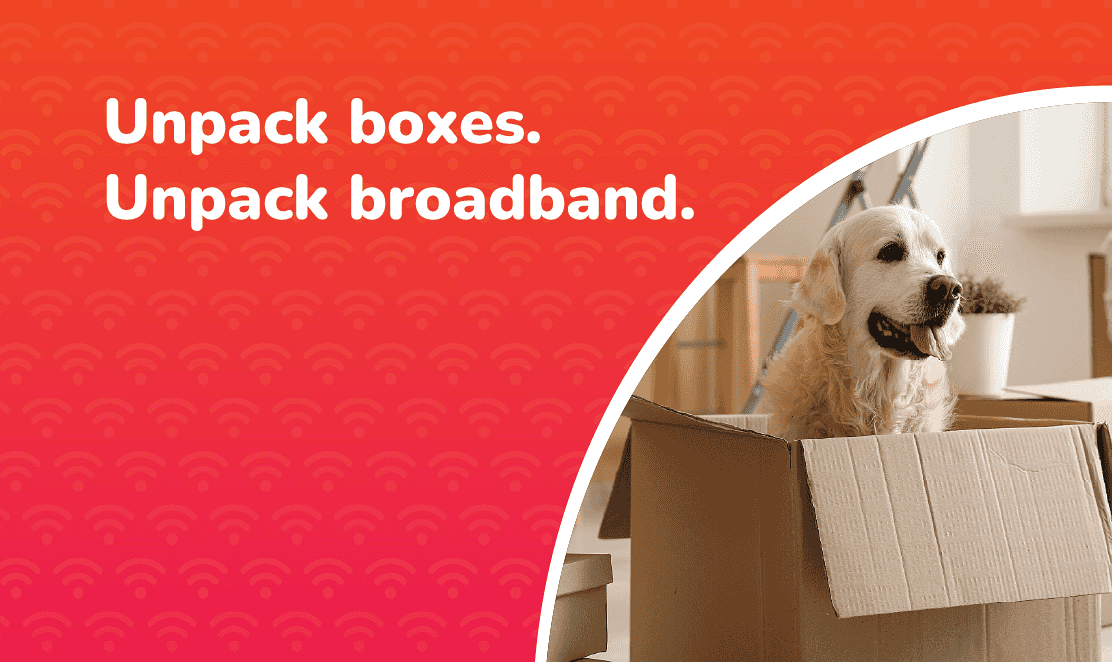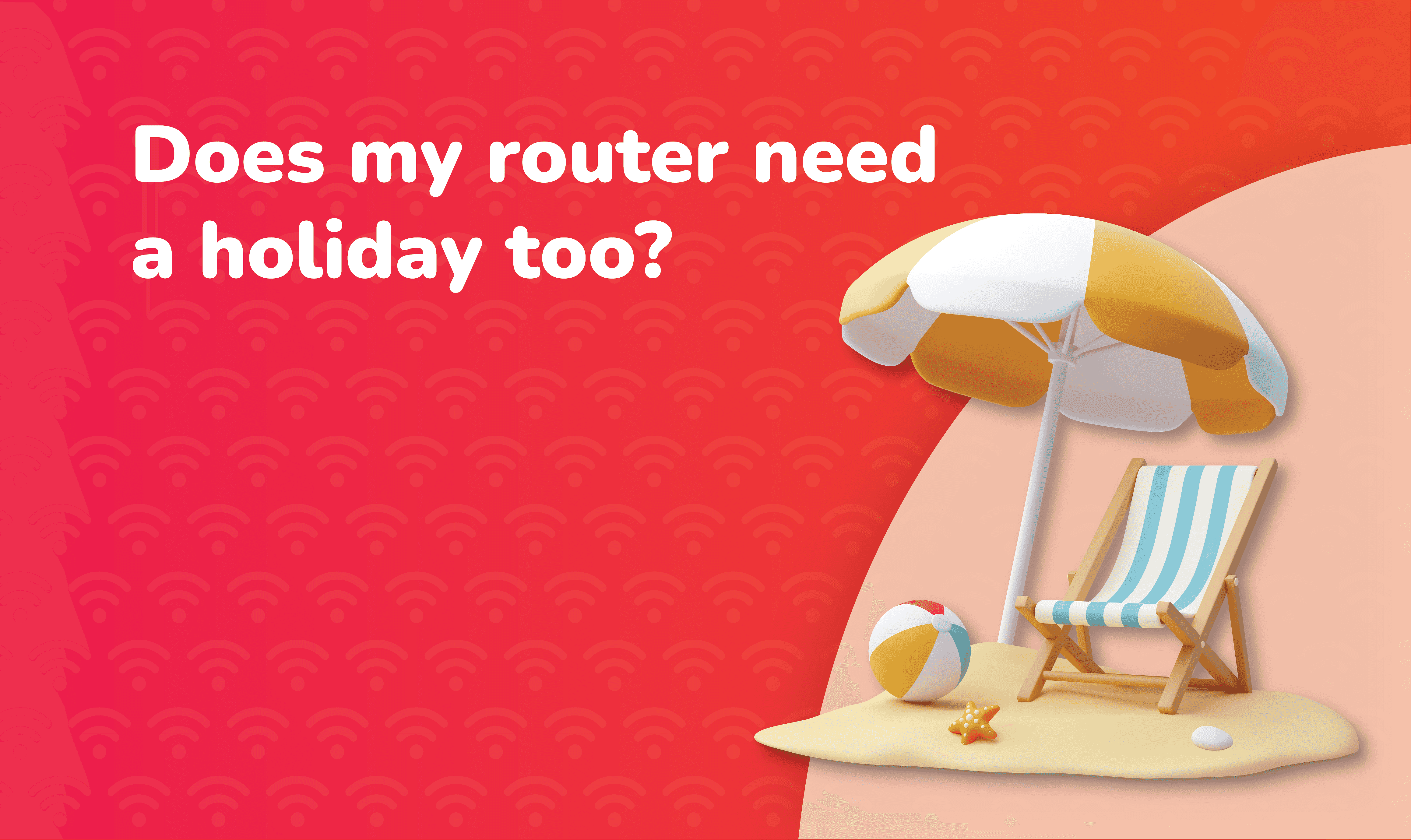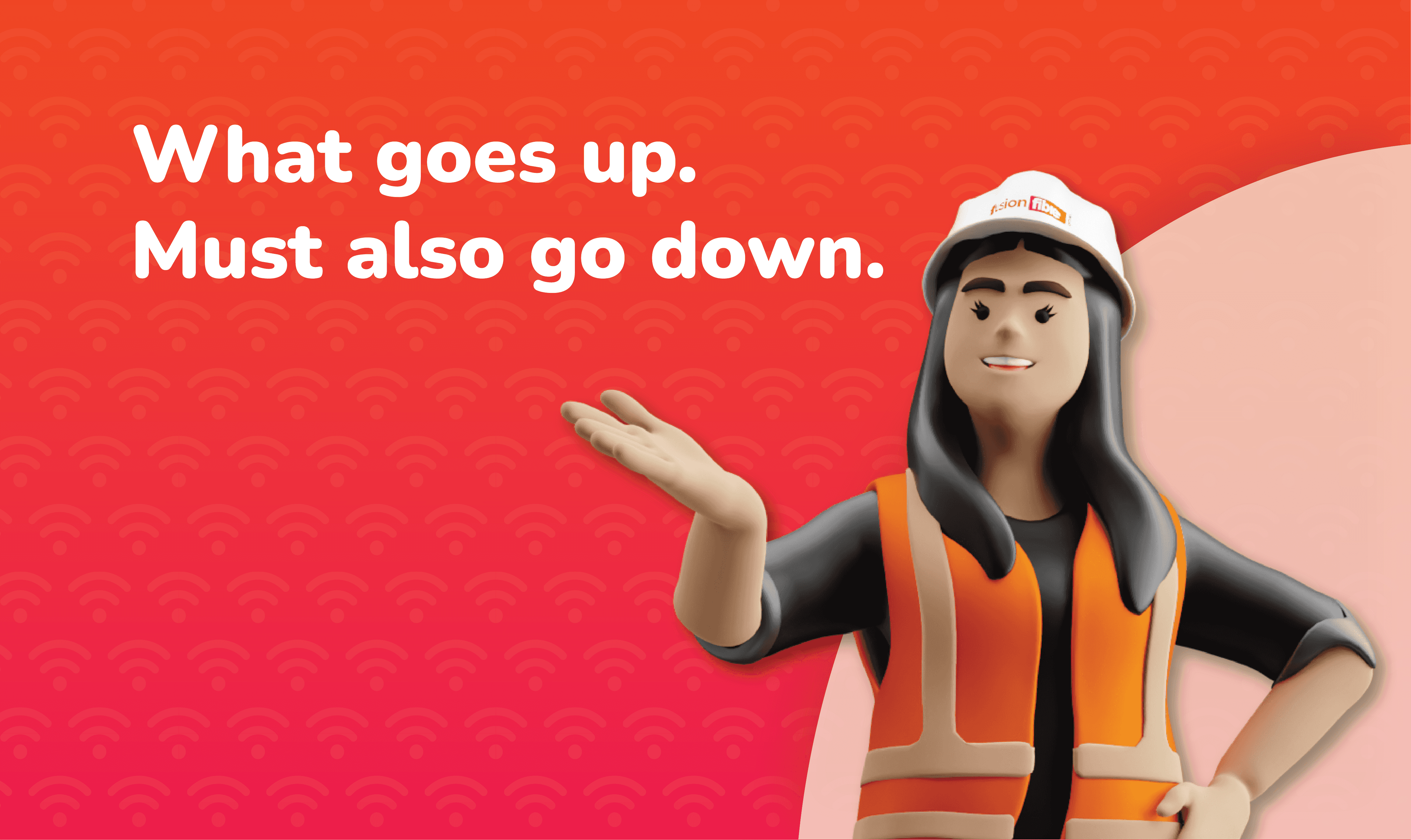Most people only think about broadband when it buffers, but what about the physical network powering your connection? Underneath pavements, roads, and even your driveway lies a vast web of fibre optic cables, ducts, and cabinets that make ultrafast broadband possible.
In this guide, we will uncover what is really running beneath your street, how fibre networks are built, and why full fibre broadband is a game-changer for the UK.
What Is Fibre Infrastructure?
At its core, fibre infrastructure is the physical network of fibre optic cables and supporting equipment that transmits data at lightning speed. These networks are usually made up of:
- Fibre optic cables carrying light signals.
- Underground ducts protecting and guiding cables under roads and pavements.
- Street cabinets acting as local distribution hubs.
- Exchange points linking local networks to the wider internet backbone.
Unlike copper networks, fibre is designed to handle massive amounts of data with minimal interference, making it the future-proof choice for UK households. (See our full guide: What is Full Fibre Broadband?)
What is Running Under Your Street?
When engineers dig up pavements or lift street covers, they are accessing the invisible highways of the internet. Under your street, you will likely find:
- Fibre optic ducts: Small plastic pipes carrying fibre cables.
- Junction boxes: Points where cables branch off to homes or businesses.
- Copper wiring: Many streets still have old copper phone lines, but these are being phased out ahead of the PSTN switch-off in 2027.
- Network cabinets: Green roadside boxes linking neighbourhoods to the main network.
ThinkBroadband estimates that as of November 2025, over 80% of UK homes have access to full fibre, meaning fibre optic cables are increasingly replacing copper in the ground.
Fibre to the Cabinet vs Fibre to the Premises
Not all fibre infrastructure is the same. Two main types of connections affect what runs under your street:
- FTTC (Fibre to the Cabinet): Fibre runs to the green cabinet, but the final stretch to your home uses copper. Faster than ADSL, but not as reliable as full fibre.
- FTTP (Fibre to the Premises): Fibre cables run directly to your property, offering the fastest and most reliable connection. (See: Full Fibre Installation in the UK)
Why Fibre Infrastructure Matters
Fibre infrastructure offers more than just speed. The network beneath your street ensures:
- Reliability: Fibre is less prone to interference than copper.
- Lower latency: Perfect for video calls, gaming, and streaming.
- Future-proofing: Built for smart homes, heavy streaming, and the 2027 PSTN switch-off.
- Local benefits: Fibre rollouts boost connectivity and can even increase property values.
The Process of Laying Fibre
Ever seen roadworks marked ‘fibre broadband coming soon’? The process usually involves:
- Surveying the street to map out existing ducts and utilities.
- Installing new ducts or reusing existing ones where possible.
- Blowing fibre optic cables through the ducts.
- Connecting cabinets and exchanges.
- Running fibre directly to homes (for full fibre builds).
This complex process is carried out by providers like CityFibre, MS3 Networks, F&W Networks, Freedom Fibre and local altnets across the UK.
How to Check Fibre in Your Area
Want to know if fibre is already under your street? You can:
- Use our Full Fibre Postcode Checker
- Check ThinkBroadband’s UK Fibre Coverage Map
FAQs About the Fibre Infrastructure in the UK
Are fibre optic cables dangerous under my street?
No, fibre carries light signals, not electricity. It is completely safe.
How deep are fibre optic cables buried?
Typically, 30–60cm below ground, depending on the location and road type.
Can fibre broadband be installed if my street doesn’t have fibre ducts?
Yes, engineers may dig new micro trenches or run overhead fibre lines.
Will fibre replace copper completely?
Yes, copper networks will be retired by 2027 as part of the PSTN switch-off.
How can I get fibre if it’s not yet under my street?
Register your interest with providers or check if alternative networks are expanding in your area. You can also see if full fibre broadband is available in your area using our postcode tools and guides.
How does fibre broadband work?
Fibre broadband works by sending data as pulses of light through thin fibre optic cables buried under streets and pavements. These signals travel much faster and with less interference than copper wiring, delivering ultrafast speeds to your home.
Switch to Full Fibre Broadband Today
Next time you see roadworks on your street, you might just be watching the future of broadband being built. Fibre infrastructure is the backbone of ultrafast internet, and it’s running right beneath your feet.
Curious if fibre is live where you live? Check your postcode today.


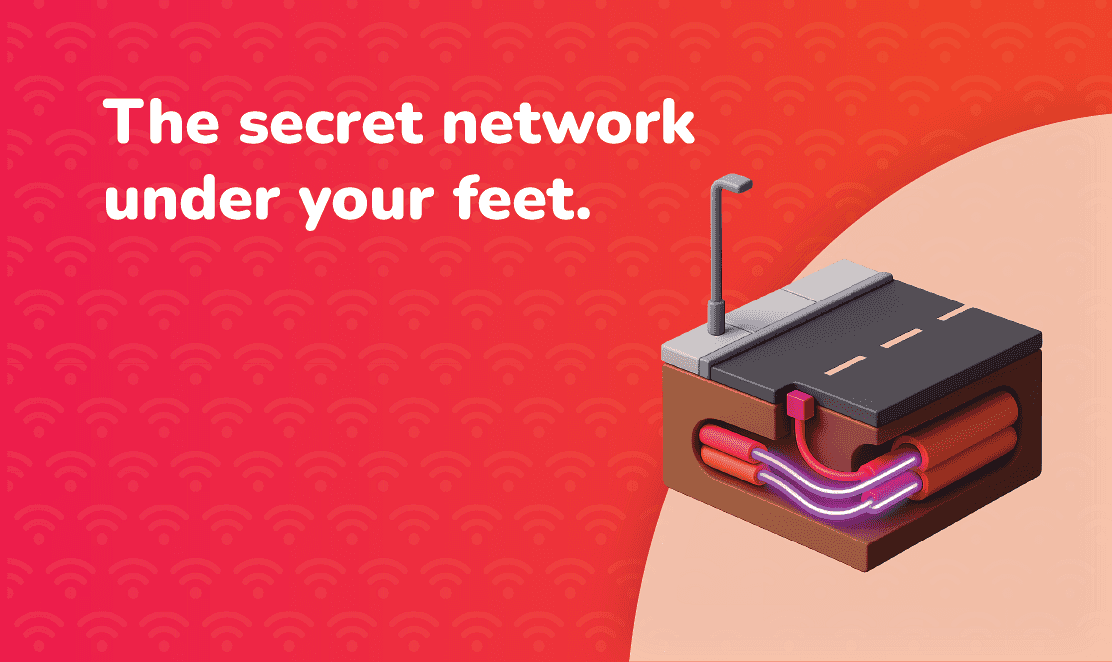 No image Big Thumb
No image Big Thumb 